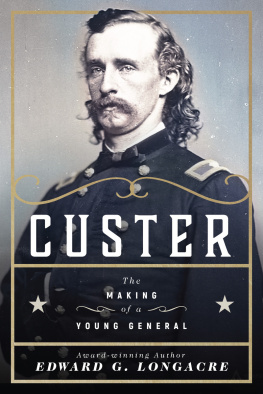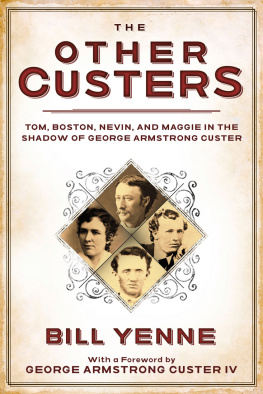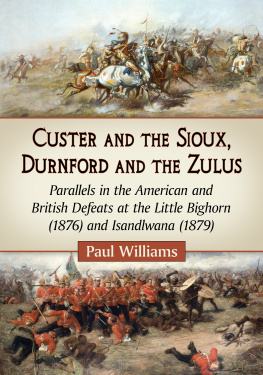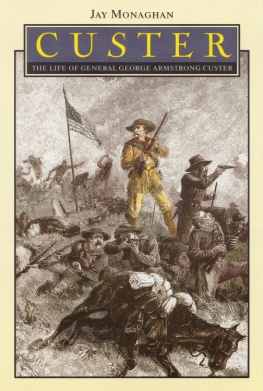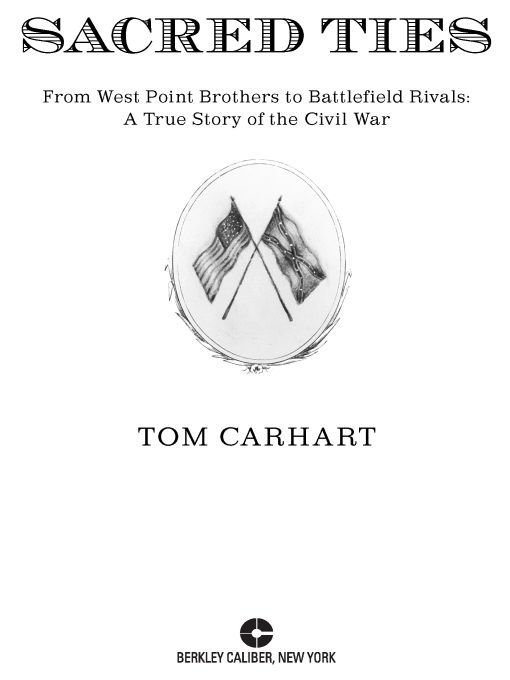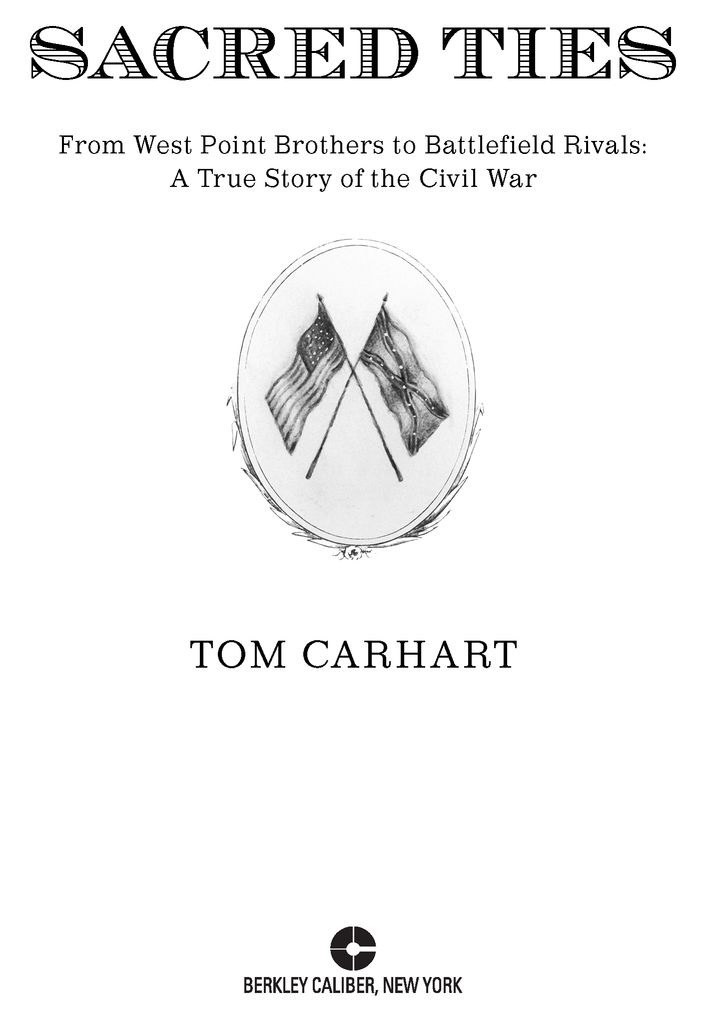Table of Contents
PREVIOUS BOOKS BY TOM CARHART
Battles and Campaigns in Vietnam
The Offering
Iron Soldiers
West Point Warriors
Lost Triumph
A Time to Lead
with General (Retired) Wesley K. Clark
To my brothers, living and dead, from West Points Class of 1966
who endured the sting of battle in an unpopular war,
I here offer them their ultimate accolade:
Well Done.
Acknowledgments
While writing this book, there have been many moments when I found myself in water over my head. Fortunately, a number of professional librarians, archivists, and just plain smart people have been there to pull me up. My primary resources have been those of the Archives, Library, and Association of Graduates of the United States Military Academy at West Point, New York. I am deeply grateful to the professional staff members there who have guided my every step, including Doctors Steve Grove, Suzanne Christoff, Jay Olejniczak and Alan Aimone, as well as Ms. Elaine McConnell, Ms. Alicia Mauldin-Ware, Ms. Valerie Dutdut, Ms. Susan Lintelmann and Ms. Alicia Muldoon. I am also greatly indebted to Doctor Keith E. Gibson, the Archivist at the Virginia Military Institute in Lexington, Virginia. Doctor Gibsons graciousness extended to allowing my use of the records and other materials found in VMIs Library and Archives, but he also was kind enough to personally give me detailed guides of some key Civil War battlefields in the Shenandoah Valley, as well as to arrange other guided tours by some of his deeply knowledgeable friends who live there. I wish I had written all their names down so that I might formally thank them, but they know who they are and my gratitude is genuine. At the University of Virginia in Charlottesville, let me first thank Doctor Gary Gallagher, who opened some doors for me, as well as Ms. Margaret Hrabe and Ms. Regina Rush, who guided me through the reserve collections of Alderman Library. At the University of North Carolina, I am most grateful to Ms. Rachel Canada and Mr. John Loy, who similarly showed me the way to needed materials in the Special Reserves of Wilson Library. At the Winterthur Museum in Winterthur, Delaware, I extend my deep thanks to Ms. Maggie Lidz, who not only made sure I had access to some key original documents, but also kept my eye on the ball with respect to the DuPont family structure. And finally, my deepest gratitude and undying love go to my splendid wife, Jan, who has endured with the greatest equanimity, kindness, and often-undeserved affection my long periods of submersion while wrestling with this manuscript. Now it is finished, and I hope she and these other key contributors will be as proud of the completed work as I am.
Introduction
In 1989, Kenneth Branagh appeared in a wildly popular film rendition of Shakespeares
Henry V. Just before the battle of Agincourt, King Henry gives a speech to his outnumbered soldiers, a speech that, we are led to believe, inspired them to perform heroic feats that brought about their surprising victory. In reality, it was the muddy terrain as well as the use of the longbow and palings (waist-high sharpened stakes driven into the ground at an angle to ward off horses and their riders) that prevented the successful charge of heavily armored French knights through English ranks. Even so, the speech is quite powerful, and the key bonding among soldiers that led to their triumph is attributed by Shakespeare to the kings emotional plea for unity:
We few, we happy few, we band of brothers;
For he to-day that sheds his blood with me
Shall be my brother; be he neer so vile,
This day shall gentle his condition:
And gentlemen in England now a-bed
Shall think themselves accursed they were not here,
And hold their manhoods cheap whiles any speaks
That fought with us upon Saint Crispins day.
In 1992, a book by Stephen Ambrose entitled Band of Brothers was published. The history of the men of E Company, 506th Infantry Regiment, 101st Airborne Division, during World War II, its title connects it to King Henrys men by showing how a close personal bond between soldiers, acquired through training, followed by service together in combat, can result in triumph. Their organizational identity was also extended in some instances by a private familiarity and affection that developed between some individual soldiers, a bond that clearly improved their unit effectiveness. The stories of these bonds and the combat in which these men were immersed are told in the book and the television series of the same name that followed, and both were tremendous popular successes.
This book is about another group of young brothers going off to war. Without diluting or discrediting the triumphs of King Henrys warriors or those of the 101st, some distinctions should be made between them and those we will here observe.
In fact, the English troops at Agincourt were no more than ten thousand armed men who had left their farms to fight for their king. Beyond small individual circles of friends from the same region, therefore, only limited personal allegiance among them would have been possible. Their designation as brothers, then, seems to stretch the term.
The men in E Company of the 506th are different because they started as 140 men training and ultimately fighting together, a number that varied as men who fell in combat were replaced by strangers. Even so, new soldiers in E Company as well as old developed a special trust and identity based on shared harsh experiences and moments of death faced together. Despite the fact that personal familiarity among individuals in a group this size was necessarily quite limited, it was the marked allegiances to each other as group members that allowed Ambrose to use Shakespeares term band of brothers in their description.
But there is another kind of brotherhood among warriors, one closer to the actual meaning of the word.
Brothers who are raised to manhood in the same family necessarily acquire intimate personal knowledge of each others strengths and weaknesses, flaws and foibles, dreams and aspirations. If, after leaving home, they had fought on both sides in the U.S. Civil War, then you might today read or hear of a case where brother actually fought brother. But despite the enduring popularity of Civil War history, there are precious few memorable stories recording that sort of actual fraternal strife.
If, however, we change our setting from a family to the United States Military Academy, and our characters from blood brothers into West Point classmates closely bound to each other over four or five years as cadets, then many such stories virtually leap from the page.
This, then, is the story of six young men who made the passage through West Point together in the middle of the nineteenth century, when the total number of cadets at the academy at any given time averaged around 250 men. They bonded tightly together there as volitional brothers, then fought for and against each other in the U.S. Civil War.
All West Point cadets were sound-bodied, intellectually gifted young men able to lead as well as to follow. The goal of the academy was to test and harden them through an ongoing series of rigorous trials, and they would be called upon repeatedly to show their own resolute purpose. Cadet life in the nineteenth century was physically challenging, academically demanding, emotionally draining, and relentlessly tedious.


